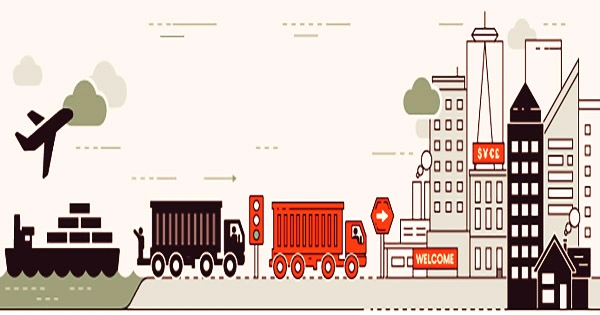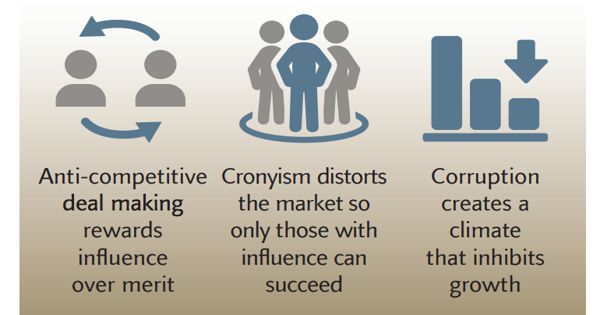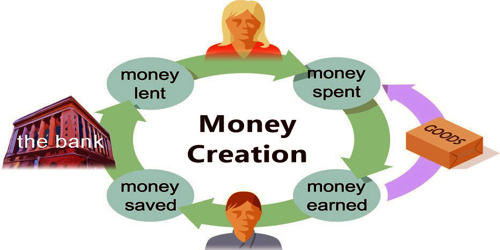Bilateral agreements between countries that allow for unfettered export and import of goods are known as free trade agreements. It is the unrestricted flow of goods, services, labor, and capital across a country’s borders, free of government interference in the name of economic or regulatory barriers. Free trade is a policy in which the government does not discriminate against imports and does not impose tariffs on exports.
The fundamental purpose of these measures is to make cross-border trading more accessible by cutting tariffs, quotations, and fees. Free trade is critical in a world where economies at all stages of development can find the answers they need and increase their competitiveness as they become more integrated into the global value chain. Intergovernmental instructions such as the Trans-Pacific Partnership (TPP) and other Free Trade Agreements (FTAs) guide it.
While free trade improves the efficiency of global markets by enhancing economic development and lowering the cost of goods, it also has drawbacks. Free trade emphasizes the removal of limitations, import taxes (tariffs), export subsidies, trade rules, embargoes, and other non-tariff barriers to the interchange of products and services between countries.
The General Agreement on Tariffs and Trade (GATT) was signed in 1948 by the United States and more than 100 other countries. It eliminated tariffs and other trade obstacles between signatory countries. GATT was succeeded by the World Trade Organization (WTO) in 1995. The WTO now has 164 members, accounting for 98 percent of all global trade.

Free trade proponents frequently point to the numerous advantages that these policies provide in today’s globalized society. By increasing efficiency and output, they contribute to the smooth and conflict-free operation of international trade markets. However, the complete removal of barriers is theoretical, as the government exerts significant controls on imports and exports in practice.
Advantages of Free Trade:
- It stimulates economic growth: Even when only minor restrictions are imposed, such as tariffs, all of the countries participating experience increased economic growth. According to the Office of the United States Trade Representative, being a signatory to NAFTA (the North American Free Trade Agreement) increased the United States’ annual economic growth by 5%.
- It helps consumers: Tariffs and quotas are used to safeguard local firms and industries from foreign competition. When trade barriers are lifted, customers might expect reduced prices because more products imported from nations with lower labor costs become available locally.
- It increases foreign investment: When not When faced with trade barriers, foreign investors are more likely to invest in local enterprises, allowing them to expand and compete. Furthermore, many developing and underdeveloped countries gain from an influx of funds from American investors.
- It reduces government spending: Governments frequently subsidize local industries, such as agriculture, to compensate for the loss of revenue caused by export quotas. The government’s tax earnings can be used for other purposes after the quotas are lifted.
- It encourages technology transfer: Domestic businesses receive access to the latest technologies created by their multinational partners in addition to human skills.
Disadvantages of Free Trade:
- It causes job loss through outsourcing: Tariffs tend to keep product prices competitive, preventing job outsourcing. Products imported from nations with lower wages cost less when tariffs are removed. While this may appear to be beneficial to customers, it makes it difficult for local businesses to compete, causing them to cut their personnel. Indeed, one of the main criticisms of NAFTA was that it shifted jobs from the United States to Mexico.
- It encourages theft of intellectual property: Many foreign governments, particularly those in developing countries, fail to recognize the importance of intellectual property rights. Without the protection of patent laws, companies’ ideas and new technology are frequently stolen, forcing them to compete with lower-cost, domestically produced knockoffs.
- It allows for poor working conditions: Similarly, developing-country governments rarely enact legislation to regulate and ensure safe and equitable working conditions. Because free trade is predicated in part on the absence of government limitations, women and children are frequently compelled to work in factories doing hard labor in dreadful conditions.
- It can harm the environment: There are minimal, if any, environmental protection regulations in developing countries. Because many free trade opportunities entail the export of natural resources such as lumber or iron ore, clear-cutting of forests and unreclaimed strip mining frequently devastate local ecosystems.
- It reduces revenues: The firms engaged experience revenue reductions as a result of the high degree of competition sparked by unrestricted free trade. Smaller companies in smaller nations are particularly prone to this effect.
Economic growth has been linked with free trade policies. It assumes that a company’s ability to respond to a free and open market determines whether it succeeds or fails. Free trade not only improves the efficiency of the international market, but it also helps the participating countries thrive economically.
Typically, the participating nations signed a bilateral agreement that allows for the unrestricted import and export of products and services. Free trade is linked to the idea that businesses do not require government protection to safeguard themselves or their employees. As a result, the free trade system makes it possible for all economies to profit from collaboration.
Free trade supporters think that removing trade obstacles and tariffs will eventually result in a level playing field for all businesses around the world. They claim that these savings will be passed on to customers and that increased rivalry among businesses would ensure that only the finest products succeed.
















